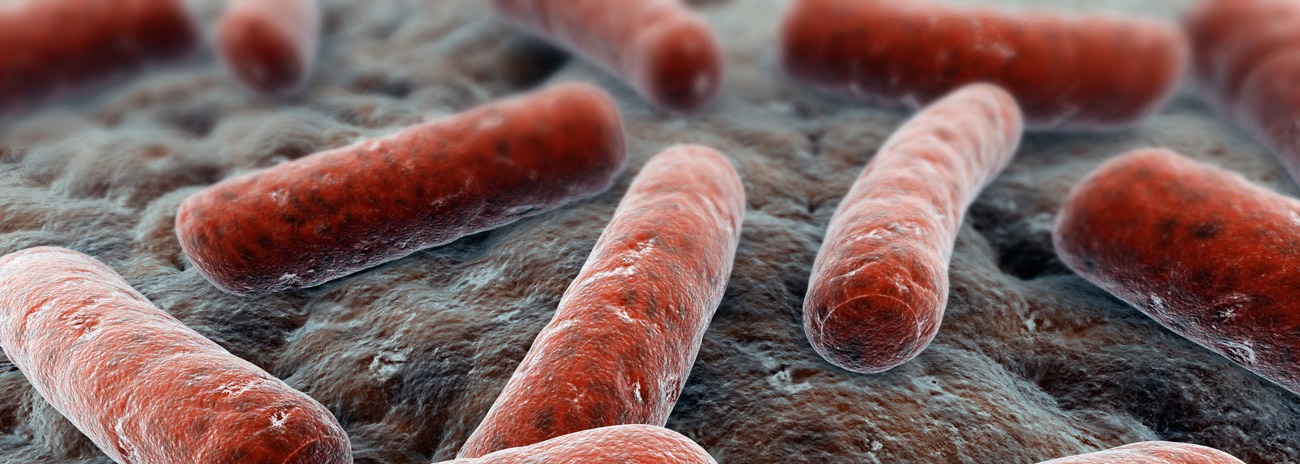Bird Flu – Working with Highly Pathogenic Avian Influenza Virus
2. low pathogenicity (LPAI).
Pathogenicity indicates the severity of the disease if the bird contracts the virus.
Is it the same as pandemic flu?
No. When the Government refers to Pandemic flu, it is referring to an outbreak of human flu that affects the global human populations. Human Pandemic flu can occur at any time and does not require exposure to birds.
What is H5N1 and why is it so important?
The Avian influenza A subtype H5N1 is a highly pathogenic (HPAI) strain of the virus that has been confirmed in poultry populations across Asia, Russia and some southern European countries.
Although this is a disease of birds it has been shown in S.E.Asia that it can (although rarely) be transmitted to humans.
Working with this highly pathogenic virus
H5N1 is also important because it raises the concern that it could recombine with seasonal human influenza virus and create a new and potentially pandemic human flu strain.
I’ve been to S.E.Asia recently where there are cases of bird flu – what should I do?
If you work with birds in the UK and you have recently visited countries with bird flu, you need to tell your employer. If you feel ill or have any flu-like symptoms within a few weeks of your return, go to your doctor and tell him/her of the country you visited.
I work with birds, can I catch avian flu?
To date, bird to human transmission of H5N1 has been confirmed in relatively few cases in Hong Kong, Thailand and Indonesia. Therefore, if you work with birds that are suspected of having highly pathogenic avian influenza, it is important that you are protected from exposure.
If the virus were transmitted to humans the most likely route would be by breathing in dust and mist generated by infected birds and by not washing hands after handling infected birds or contaminated equipment and clothing. The virus can also be spread between bird houses and farms by moving contaminated equipment or machinery.
If you work in poultry houses, zoos, bird sanctuaries, pigeon lofts, pet shops, quarantine areas, abattoirs or any other environment containing birds, it is important that you use the right equipment and good hygiene methods to protect yourself and your colleagues.
The HSE has worked closely with DEFRA, the DH, the State Veterinary Services (SVS), the National Farmers Union (NFU), the British Poultry Council (BPC) and the British Egg Industry Council (BEIC) to develop practical guidance for people working with birds. This guidance tells you what to look out for in your poultry, what to do and who to contact if your poultry becomes ill.
- Avoiding The Risk Of Zoonotic Infections When Working With Poultry That Is Not Suspected Of Having Avian Influenza.
- Avoiding The Risk Of Infection When Working With Poultry That Is Suspected Of Having Highly Pathogenic Avian Influenza (HPAI).
Additionally, DEFRAs website is a very useful source of information on all aspects of avian flu including health & safety information and the avian flu contingency plan.
DEFRA Avian Influenza Disease fact sheet contains links to pictures of flu symptoms in birds.
I work with these flu viruses in a laboratory – what controls should I use?
The Advisory Committee on Dangerous Pathogens (ACDP) has issued guidance for laboratory workers handling flu viruses, including highly pathogenic avian influenza viruses. This covers routine work with the viruses, both intentional and diagnostic 1.
What advice does HSE have for health care workers?
- If a patient fitting the definition for a suspect or probable case of avian influenza is admitted to the hospital, clinicians should notify infection control personnel immediately. A risk assessment must be done for all work with the person who has suspected or probable avian influenza, and appropriate control measures put in place to reduce the risk of any healthcare worker who comes into contact with the patient being exposed to the avian flu virus. Infection control measures for inpatients should include:
- Airborne precautions, eg Either an isolation room with negative pressure relative to the surrounding area or a single room with own bathroom facilities, and
- Use of FFP3 filtering masks conforming to EN 149:2001 for persons entering the room. This equipment must be face-fit tested before use.
- Contact precautions (including the use of long sleeve fluid repellent gown and latex or similar non-latex gloves with tight fitting cuffs for contact with the patient or their environment).
- Standard (universal) precautions including careful attention to hand hygiene.
- When caring for suspect or probable avian flu cases, health care workers should wear eye protection for all patient contact.
- Standard (universal) precautions when handling any clinical waste, which must be placed in leak-proof biohazard bags or containers and disposed of safely.
- Laundry should be classified as infected.
- Long sleeve fluid repellent gowns and latex or similar non-latex gloves with tight fitting cuffs should be worn by all persons entering the room of a suspect or probable case.
- Hypochlorite is the recommended disinfectant for environmental decontamination of areas where the suspect or probable avian influenza case has been in the hospital (e.g., A&E department).
1. The importation and holding of HPAI virus strains (including subtypes H7N7) fall under the responsibility of the Department for the Environment, Food and Rural Affairs (DEFRA). Laboratories who wish to import and work with any of these strains need to meet the requirements for the Importation of Animals Pathogens Order 1980 (as amended) and The Specified Animal Pathogens Order 1998. Any genetic modification work with these strains will also be required to comply with the Genetically Modified Organisms (Contained Use) Regulations 2000 as amended.
© Crown copyright






